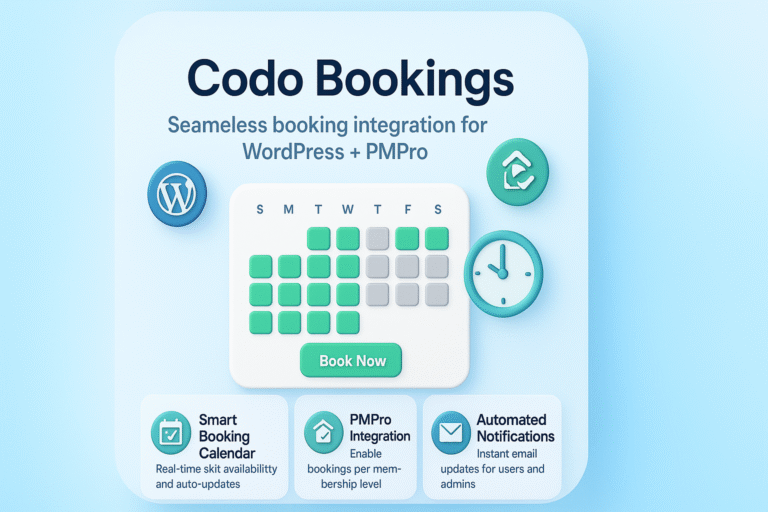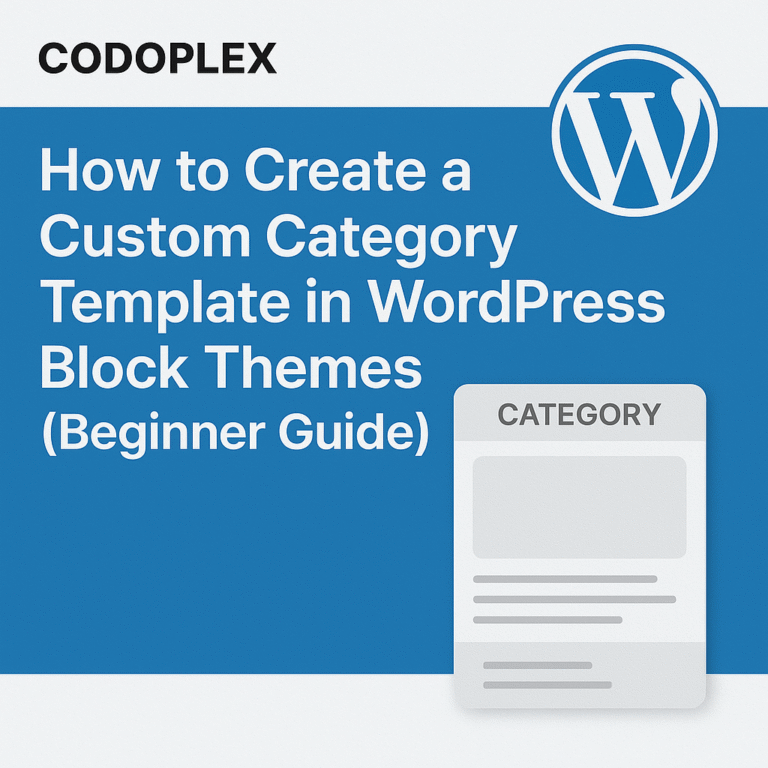Views: 161
WordPress is a very powerful and popular content management system to design and develop professional websites. In this blog post, we have provided a checklist for developing a WordPress website.
Setup
- Prepare content
- Buy hosting service (features to consider for good host:)
- Support
- Website scalability
- Automatic backups
- Website security
- Restrictions and limitations
- Make sure the host support recommended requirements for WordPress
- Choose and buy a domain name (should be:)
- Unique
- Easy to remember
- Easy to type and speak
- Avoid numbers and hyphens
- Try .com domain first
- Should be as short as possible
- Avoid copyrights
- Use word combinations intelligently
- Tools like https://www.namemesh.com/ can be helpful
- Install WordPress
Build
- Disable search engine accessibility
- Create coming soon page (optional)
- Choose a theme (free/paid)
- Choose a theme which doesn’t add functionality (plugins are used for this)
- Define the primary goal of your website
- Choose a design which best fulfills the goal
- Test a few options before finalizing the one
- Choose plugins (free/paid)
- Select plugins which do one task
- One task per plugin – one plugin per task
- Create pages and posts
- Customize the appearance of the website using the customizer
Launch
- Test
- Enable search engine accessibility
- Remove coming soon page (if added)
- Launch the website
Develop A Child Theme
- Recommended for the parent theme customization
- Changes will remain intact when parent theme is updated to the latest version
- Need to learn HTML, CSS, JavaScript, and PHP for developing child themes
- Setup a local development environment
- Good for testing new features and changes before deploying on the live published website
- Tools
- Local by Flywheel
- Wamp Server
- XAMPP Server
- Migrating Live Website To Local
- WordPress import/export tools
- WP Migrate DB (free plugin)
- Duplicator (free plugin)
- Theme unit testing
- Download the provided XML content in the above link
- Import the content in WordPress installation having a child theme
- Test the website thoroughly
- To test widgets, use the Monster Widget plugin (free)
- Move the child theme to the live website
- To import/export customizer settings, use the plugin Customizer Export/Import
Building Custom WordPress Website For Client
- Content Strategy (already available)
- Information architecture (already available)
- Design and assets (already available)
- Setup
- Define roles and responsibilities
- Clearly define objectives and deliverables
- Define costs, milestones, and deadlines
- Pre-Project setup
- Setup the website
- Setup a local development environment
- Create a version control repository e.g. Git
- Build a staging environment
- Multiple environments (local, dev, staging, live)
- Using version control
- Master branch
- Development branch
- Feature branch
- Configuration and testing
- Deployment
Advanced Tools and Workflows
- React and Gutenberg
- Build tools and task runners
- Installers
- Dependencies
- JS libraries
- Minifying source
- Organizing and compiling code
- Syntax verification
- Task runners
- Gulp
- Grunt
- Automated testing
- Test code without pushing to the server
- Prevent unknown bugs and issues
- Unit testing (make sure the feature outputs correct results)
- Integration tests (make sure the feature work with other parts of the project)
- UI regression testing (simulate user interactions)
- Static site generators
- Convert CMS based dynamic sites to static sites
- Tools
- Jekyll
- Gatsby
- VuePress
References:

